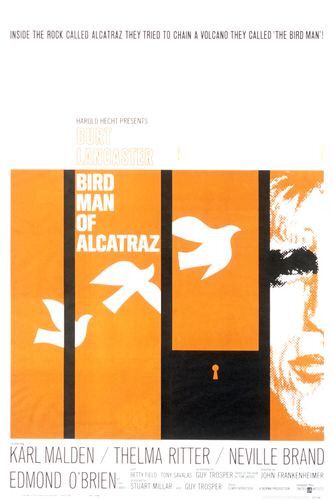
Today, on Bhishma Ekadasi, we remember one of the most revered figures in the epic Mahabharata: Bhishma Pitamaha. He was a man of unwavering principles, profound wisdom, and ultimately, a symbol of sacrifice for the greater good. This auspicious day, falling on the eleventh day of the Shukla Paksha (waxing moon) in the month of Magha, provides an opportunity to reflect on Bhishma’s life and connect his teachings with the timeless wisdom found in Telugu poetry.
Bhishma, born Devavrata, made a monumental vow of celibacy and renunciation of the throne to ensure his father’s happiness. This sacrifice, which earned him the name “Bhishma” (the terrible one, for the burden he took upon himself), set the stage for a life defined by duty (Dharma) and unwavering loyalty to the Kuru dynasty.
But Bhishma’s life was not without its complexities and contradictions. While he upheld Dharma, he also found himself bound by his vows to a flawed kingdom, witnessing injustice and ultimately participating in the destructive war of Kurukshetra. He lay upon a bed of arrows for 58 days, waiting for Uttarayana (the northward journey of the sun), a time considered auspicious for liberation. This period allowed him to impart invaluable wisdom to Yudhisthira, teachings on Dharma, statecraft, and the complexities of human existence.
Echoes of Dharma in Telugu Verse:
Bhishma’s life, fraught with both noble sacrifice and agonizing moral dilemmas, resonates deeply with the themes explored in the Telugu verses we discussed earlier.
1. The Intertwining of Sukhamu and Dukhamu (Happiness and Sorrow): Bhishma’s life embodies the first verse’s sentiment. His noble sacrifice brought him great respect and power, but also immense loneliness and the burden of witnessing the kingdom’s downfall. He gained the “sukhamu” of upholding his promise, but endured the “dukhamu” of the consequences. His story illustrates that even the most virtuous actions can be intertwined with suffering.
2. Punya and Paapa: A Karmic Conundrum: The concept of “Punyamulanu paapapurvakamule” (good deeds arising from bad) is also evident. Bhishma’s vow was made to ensure his father’s happiness, a good deed. Yet, it also contributed to the complex web of alliances and obligations that ultimately led to the Kurukshetra war, a tragic event filled with paapa. His presence on the battlefield, fighting for a kingdom he knew was morally bankrupt, highlights the difficult choices one faces when bound by duty. He performed ‘punya’ by upholding his vow, but the circumstances and consequences were deeply stained with ‘paapa.’
3. Time as a Naatakamu (Drama): Bhishma’s lengthy wait on the bed of arrows, his imparting of wisdom, and his ultimate departure during Uttarayana emphasize the transient nature of life – the “naatakamu” described in the second verse. His life was a dramatic spectacle of duty, sacrifice, and contemplation, unfolding within the grand theatre of time. His knowledge and experience became a timeless lesson to all those who have learnt about him and his life journey.
4. Finding solace and liberation: Although Bhishma was a man of action, he recognised the true meaning of surrender. He waited for the auspicious time of Uttarayana for liberation, the time the sun god makes his journey towards the devas. With the grace of Lord Krishna, he shed his mortal body at the right time, and went towards liberation from the cycle of birth.
Bhishma Ekadasi: A Time for Reflection:

On Bhishma Ekadasi, we can draw inspiration from Bhishma’s unwavering commitment to Dharma. While his life was filled with complexities and difficult choices, his dedication to duty and his ultimate surrender to the divine offer valuable lessons for us today.
Let us remember Bhishma’s sacrifice and strive to:
- Act with integrity: Even when faced with difficult choices, strive to uphold our principles and values.
- Embrace selflessness: Consider the greater good and be willing to make sacrifices for the benefit of others.
- Seek wisdom: Learn from the experiences of others and strive to understand the complexities of life.
- Surrender to the Divine: Acknowledge the limitations of human effort and seek guidance and solace from a higher power.
- Reflect on the duality of life: Acknowledge that both good and bad are the two sides of the same coin.
By reflecting on Bhishma’s life and drawing parallels to the wisdom embedded in Telugu poetry, we can gain a deeper understanding of ourselves, our place in the world, and the eternal principles that guide us towards a life of meaning and purpose. On this Bhishma Ekadasi, let us honor this great figure by striving to embody his spirit of resolve, renunciation, and unwavering devotion to Dharma.



